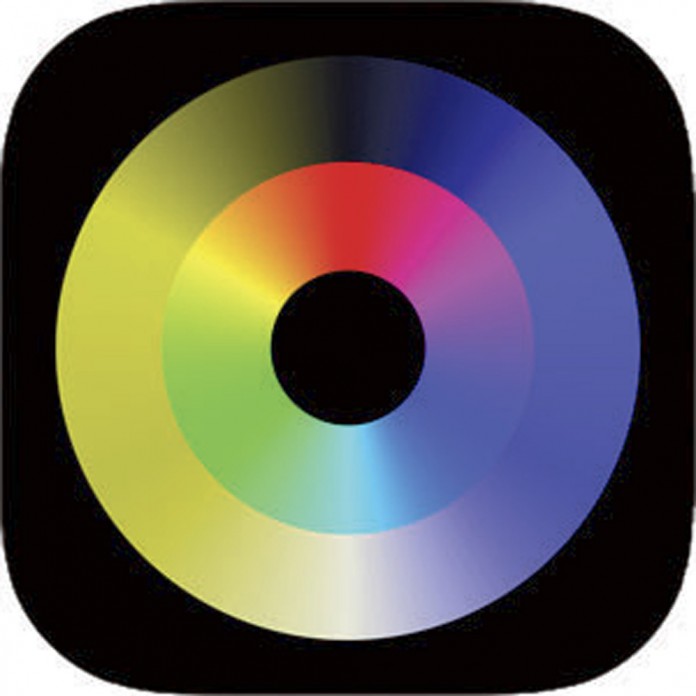Cassie Zhang
Have you ever wondered how animals see the world? Have you ever watched Hachi: A Dog’s Tale and thought about how your puppy sees his toys you gave to him? Do you want to experience the depth of the animal kingdom?
Well, Zoomorph is the perfect app for you to explore color vision in animals. Developed with the help of color-vision scientists using scientific data, Zoomorph simulates how nearly 50 different species of animals see colors. Scientists learn about color vision in animals (human and non-human) by studying the physiology of the eye, specifically color receptors, and by doing behavioral studies.
The data produced shows what an animal has the potential to see — how an animal actually experiences colors is difficult to determine, but Zoomorph might help you imagine those experiences.
The cover of this app is a color spectrum. After you open Zoomorph, there is a camera where you can choose a variety of filters, which are named for different animals. On the bottom, if you click the animal’s name, it will show a list of all the animals such as dolphin, hamster, pig and dog.
You can also find out color-blind human vision, and if you click the color circle on the bottom right corner, you can experience how those animals see different colors. It also includes animal’s information with pictures and illustration in case you have no idea what animals they are.
According to Professor Lisa Jevbratt, the designer of Zoomorph who works in the Department of Art and The Media Art Technology Program at the University of California, Santa Barbara, Zoomorph was inspired by a question about animals’ vision asked by one of her students eight years ago. She got interested in the topic and started to design and program it into an app.
The app mainly includes the color vision of monochromats and dichromats. Monochromats are animals with one type of cone, which means they are color blind, and they can only see white, black and shades of grey. Dichromats are animals with two types of cones. They see a range of colors between yellow and blue, and are unable to see the difference between red and green.
Professor Jevbratt said that in the future, she and her team would add species with two or more cones. Animals with more cones can see more colors than us human beings. That means they probably experience a more beautiful world than we do.

















